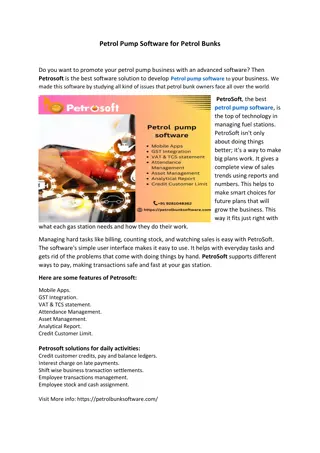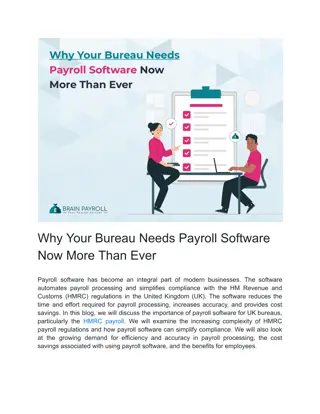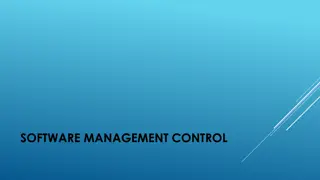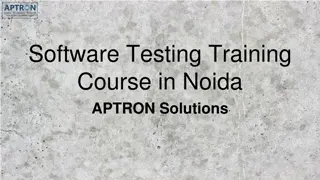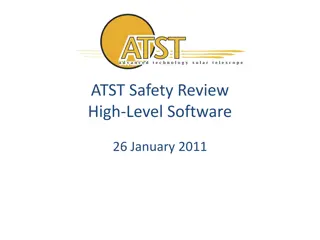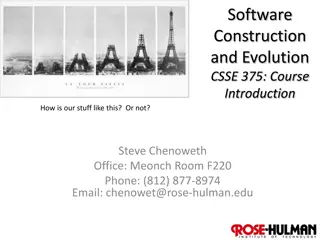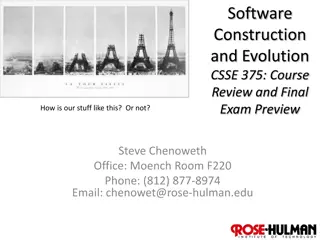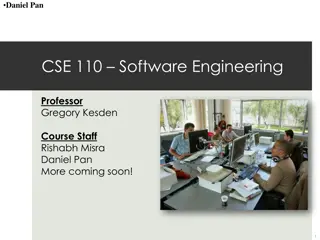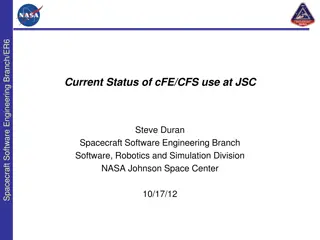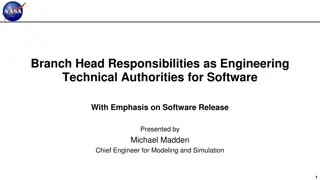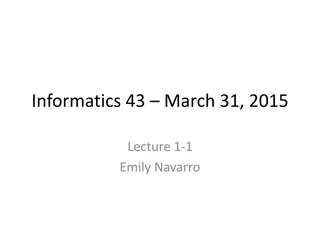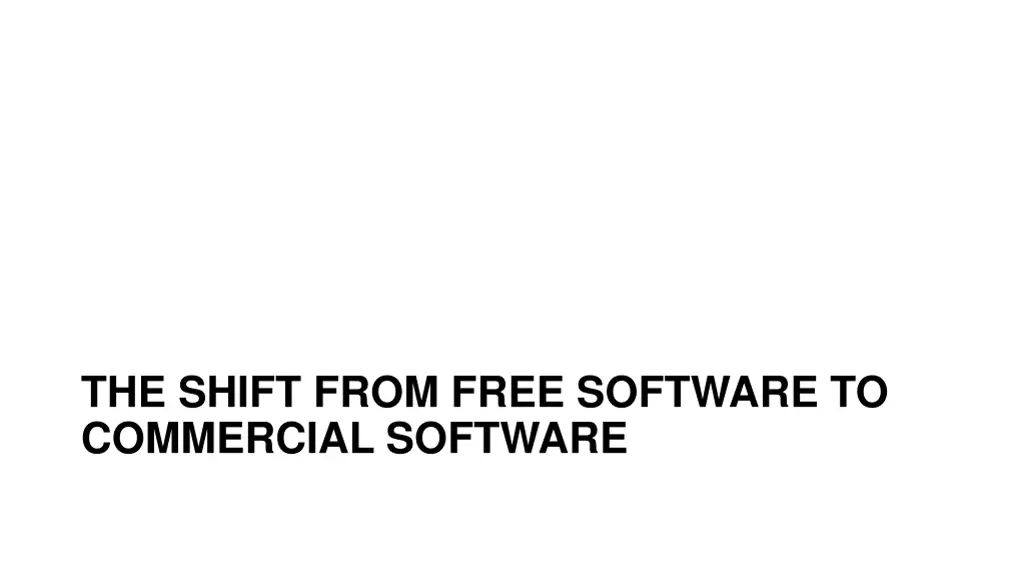
Evolution of Software Market: From Free to Commercial
Explore the historical transition of the software industry, starting from the free software model of the 1950s to the rise of independent software companies in the 1980s and 1990s, leading up to today's cloud-based subscription models. Witness how IBM's bundled software, antitrust actions, and the dominance of NVIDIA's CUDA platform have shaped the modern software landscape.
Download Presentation

Please find below an Image/Link to download the presentation.
The content on the website is provided AS IS for your information and personal use only. It may not be sold, licensed, or shared on other websites without obtaining consent from the author. If you encounter any issues during the download, it is possible that the publisher has removed the file from their server.
You are allowed to download the files provided on this website for personal or commercial use, subject to the condition that they are used lawfully. All files are the property of their respective owners.
The content on the website is provided AS IS for your information and personal use only. It may not be sold, licensed, or shared on other websites without obtaining consent from the author.
E N D
Presentation Transcript
THE SHIFT FROM FREE SOFTWARE TO COMMERCIAL SOFTWARE
1950s1960s: IBMs Free Software Model IBM bundled software with its hardware, treating it as a free add-on. Companies purchased IBM computers and received software at no extra cost. This discouraged independent software development most software was custom-built for IBM systems.
1969: IBMs Unbundling Decision IBM, under pressure, unbundled software from hardware sales. Companies now had to pay separately for software creating an opportunity for independent vendors. Software became a standalone product with its own market.
1970s: Antitrust Action Against IBM IBM faced antitrust scrutiny over its dominance in the computer industry. Regulators investigated whether IBM s bundled software stifled competition. Legal challenges pushed IBM to change its business practices, fostering a competitive software market. The ruling encouraged innovation and the rise of independent software companies.
1980s1990s: Independent Software Companies Flourish Microsoft, Lotus, Adobe, and others thrived without relying on IBM hardware. Software became a key industry separate from computing hardware. The emergence of proprietary operating systems and enterprise applications.
2000sToday: The Software Industry Evolves Cloud computing made software even more independent from hardware. Subscription models (SaaS) replaced one-time software purchases. Regulatory scrutiny continues tech giants face new antitrust debates.
The Modern GPU Landscape NVIDIA and CUDA s Dominance NVIDIA CUDA (released in 2006) is a proprietary parallel computing platform for GPUs. Like IBM in the past, NVIDIA tightly integrates CUDA with its hardware, making competition difficult. Many industries especially AI, gaming, and scientific computing rely on CUDA, limiting alternatives. Antitrust discussionshave emerged around whether NVIDIA s position limits innovation or creates unfair advantages. AMD: The Open Alternative AMD GPUs offer competitive hardware and focus on open standards. ROCm (Radeon Open Compute)is AMD s software alternative to CUDA. Many researchers seek open platforms, but industry adoption of ROCm is slower than CUDA.
Getting Software Operating System s Store Buy/Download from publisher Buy in a physical disc / mail order
Licensing & One-Time Purchases Traditional software sales often involve a one-timepurchase where the customer buys a license to use the software indefinitely. This model was popular before the rise of cloud computing. Subscription-Based (SaaS) Many modern software products follow the Software-as-a-Service (SaaS) model, where customers pay a recurring fee (monthly or annually) for access to the software. This model offers continuous updates and support. Freemium Model Software companies offer a free version with limited features to attract users, who can then upgrade to a paid version for advanced functionality. This model is commonly used in mobile apps and cloud services. Pay-per-Use Some software solutions, especially cloud computing services, charge users based on actual usage, rather than a fixed fee. Open Source & Donations Open-source software is freely available for use, modification, and distribution. Some developers fund projects through donations or paid support services.
Software Installer ClickTeam InstallCreator has a free version. It can setup the program s icon and group where in the list of programs on your computer. Typically has an uninstall feature. Here is an ICO (icon image) editor.
Documentation Manuals Help Files Now with multimedia you can ask a question to search by voice. AI can learn peoples mistakes and help give suggestions.
Native Apps vs Progressive web apps (PWAs) https://www.mobiloud.com/blog/progressive- web-apps-vs-native-apps/ https://developer.mozilla.org/en- US/docs/Web/Progressive_web_apps https://www.smashingmagazine.com/2016/08/a- beginners-guide-to-progressive-web-apps/
Apache Cordova https://cordova.apache.org/ Mobile apps with HTML, CSS & JS Target multiple platforms with one code base Free and open source


